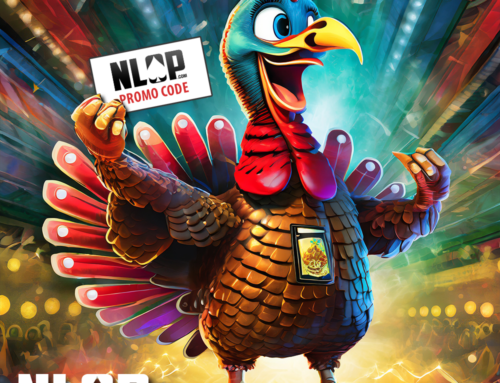When you’re playing No Limit Hold’em, choosing the right bet size is not always easy. There is not one ideal bet size that you can use in all situations.
Such factors as stack depth, board texture, range advantages and preflop action all play a role in determining how much you should bet when playing real cash poker. We’ve put together a list of three rules that you can use to help you pick the right bet size for any situation.
Take a look, and see what you can apply to your own poker game:
- Bet small (25-35 percent of the pot) on board textures that are dry and static
Betting on the flop and the turn keep your opponents from getting their equity out of a fold. When the board is dry, though, denying equity is not an important factor because the majority of your opposition’s hands won’t have much equity against your range.
When denial of equity is unimportant, you have a greater reason to go small with your bets. Another reason to go small with your bets on a dry board is that calling ranges don’t feature a lot of flexibility, which means that your opponent’s chances of folding against your bet will not depend much on the actual size of the bet. It does not make sense to bluff with a big bet when you could also win with a bluff on a smaller bet; you are putting less of your own money at risk.
Finally, small bet sizes are a great tool against players that fold more often than they should. This is a great rule to use when you are playing a live game or in an online poker game featuring weaker players.
- Bet large (55-80 percent of the pot) on board textures that are wet and dynamic Is your value betting range in danger of being outdrawn? Go up in terms of bet size. This will help you in three ways. First, large bets bring more equity to the fold, so your bluffs will work more often. Betting larger also brings out more value before you get to the turn or the river, when your strong hand might end up suffering. Finally, if you do have a strong hand, a larger bet can help you build the pot and pull more money out of your opponents’ stacks.
- Let your stack-to-pot ratio drive your betting strategy This is important when you think about how the pot size will vary by streets and how you want to move, step by step, with bluffs and value hands. If you are consistent across the flop, turn and river, your bets are more likely to bring fold equity. If you bet too large on the first two streets and don’t have much left for the river, bluffs don’t do much for you because of the drop in fold equity.
Test your online poker skills here







